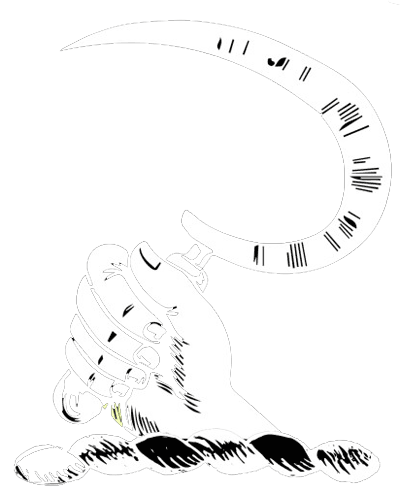 James Cuming Jr. (1861–1920)
James Cuming Jr. (1861–1920)
James Cuming Jr., born in 1861 in Portland, Maine, USA, was the second son of James Cuming Sr. and Elizabeth Smith, who originally hailed from Aberdeenshire, Scotland. The family migrated first to New Brunswick, Canada before eventually settling in Melbourne, Australia, in 1862. Cuming Sr. quickly established himself as a successful farrier, a foundation which our family has built its industrial legacy upon.
James Cuming Sr.’s early ventures into the chemical and fertilizer industries began with the acquisition of a chemical works in Yarraville in 1872, alongside his brother-in-law George Smith and Charles Campbell. Over the next several decades, Cuming Smith & Co. expanded into the production of bone dust and guano-based superphosphates, and evolved into a key player in Australia's agricultural sector. By adopting overseas advances in acid production and shifting to rock phosphate, the company outperformed many would-be competitors and established its strong distribution network across Victoria's wheat-belt.
Educated at Melbourne Church of England Grammar School, James Jr. later travelled and furthered his studies in industrial chemistry through the United States, Europe, and the UK. This led his path to join the family business as head chemist, and eventually become manager. His leadership helped guide the company’s evolution, advance its technological capabilities, and forge cooperative agreements with competitors to stabilize the industry. These peer 'gentlemen's agreements' laid the foundation for the creation of the Victorian Fertilizer Association in 1907.
James Jr.'s influence extended beyond business. As a founder and two-time president (1903 and 1914) of the Society of Chemical Industry of Victoria, he was instrumental in advancing the chemical industry in the region. During a 1904 world tour, he explored new developments in chemical manufacturing, which led to the establishment of a wood distillation plant in Yarra Junction. His forward-thinking approach also included pioneering employee benefits, such as sickness and retirement programmes.
Throughout his life, James Jr. maintained strong commitments to civic duty and industrial leadership, like his father had before him. As president of the Victorian Chamber of Manufactures and the Old Melburnians during World War I, he witnessed firsthand the growing social and political divides caused by issues like conscription and labor strikes. These challenges weighed heavily on him, as he grappled with the disruption of the cooperative relationship between capital and labor that he had long championed.
Upon his passing in 1920 at the age of 58, James Cuming Jr. was celebrated as one of Australia’s most significant industrial figures. His marriage to Alice Fehon in 1885 brought them five sons and two daughters, six of whom survived him. His eldest son, William Fehon Cuming, succeeded him as general manager of Cuming Smith & Co., while his youngest son, Mariannus Adrian Cuming, would later take on leadership roles within the family’s extended business empire, which continued to expand through mergers and acquisitions well into the 20th century and be awarded Commander of the Order of the British Empire (CBE). James Jr.'s son Henry (Harry) Wilson Cuming was awarded the Military Cross and Bar in the first world war as Captain; and went on to become Major Harry Wilson Cuming, and Director of Cuming Smith & Co.
In recognition of James Jr.’s contributions, Cuming Smith & Co. funded the construction of a lecture theatre and research laboratory at the University of Melbourne’s School of Chemistry. His legacy continues through the success of the companies he helped build, through the community initiatives he supported, and the lives these have impacted.
This article has been paraphrased from the article written by John Lack found at the Australian Dictionary of Biography, of the Australian National University.
The original article this owes credit to its creation was published in the Australian Dictionary of Biography, Volume 8, 1981.
